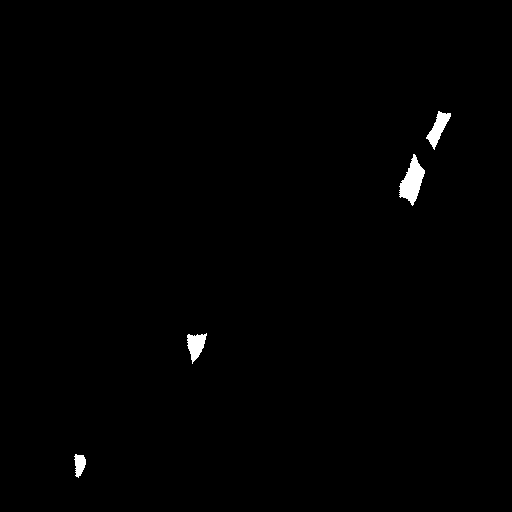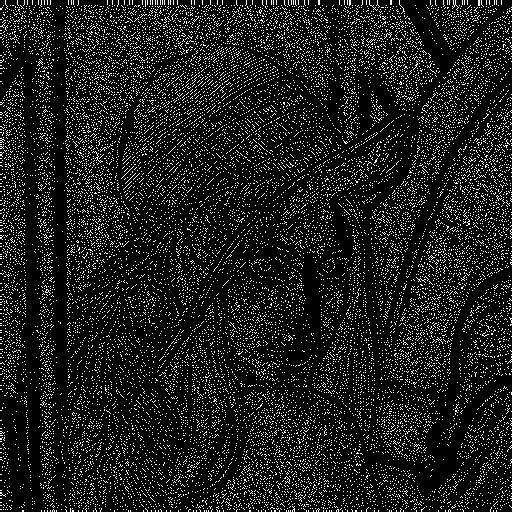Perform a geodesic reconstruction dilation.
Compute the reconstruction by dilation of marker with respect to the mask image using se as structuring element. Soille p.160. The algorithm used is the one defined as sequential in Vincent(1993), Morphological grayscale reconstruction in image analysis: applications and efficient algorithms, itip, 2(2), 176--201.
- Precondition:
- Mask must be greater or equal than marker.
- Parameters:
-
I1 Exact type of image marker. I2 Exact type of image mask. N Exact type of neighborhood.
- marker Image to work on.
- mask Image used for geodesic dilation.
- Ng Neighborhood to use.
#include <oln/basics2d.hh> #include <oln/morpho/opening.hh> #include <oln/morpho/reconstruction.hh> #include <oln/level/compare.hh> #include <ntg/all.hh> int main() { typedef oln::image2d<ntg::int_u8> im_type; im_type im1(oln::load(IMG_IN "lena128.pgm")); im_type im2 = oln::morpho::opening(im1, oln::win_c4p()); oln::save(oln::morpho::sequential::geodesic_reconstruction_dilation(im2, im1, oln::neighb_c4()), IMG_OUT "oln_morpho_sequential_geodesic_reconstruction_dilation.pbm"); return 0; }


Definition at line 168 of file reconstruction.hh.
References oln::abstract::image< Exact >::clone(), oln::morpho::get_minus_se_p(), oln::morpho::get_plus_se_p(), and oln::abstract::image< Exact >::size().
00171 {
00172 mlc::eq<I1::dim, I2::dim>::ensure();
00173 mlc::eq<I1::dim, N::dim>::ensure();
00174 precondition(marker.size() == mask.size());
00175 precondition(level::is_greater_or_equal(mask, marker));
00176
00177 // Conversion of neighborhood into a SE.
00178 typedef typename abstract::neighborhood<N>::win_type E;
00179 E se_plus = get_plus_se_p(convert::ng_to_cse(Ng));
00180 E se_minus = get_minus_se_p(convert::ng_to_cse(Ng));
00181
00182 oln_concrete_type(I1) output = marker.clone();
00183 bool non_stability = true;
00184 typename I1::fwd_iter_type fwd_p(output);
00185 typename I1::bkd_iter_type bkd_p(output);
00186 while (non_stability)
00187 {
00188 oln_concrete_type(I1) work = output.clone();
00189 work.border_adapt_copy(Ng.delta());
00190 for_all (fwd_p)
00191 work[fwd_p] = ntg::min(morpho::max(work, fwd_p, se_plus), mask[fwd_p]);
00192 for_all (bkd_p)
00193 work[bkd_p] = ntg::min(morpho::max(work, bkd_p, se_minus), mask[bkd_p]);
00194 non_stability = !(level::is_equal(work, output));
00195 output = work;
00196 }
00197 return output;
00198 }





 1.3.6-20040222
1.3.6-20040222